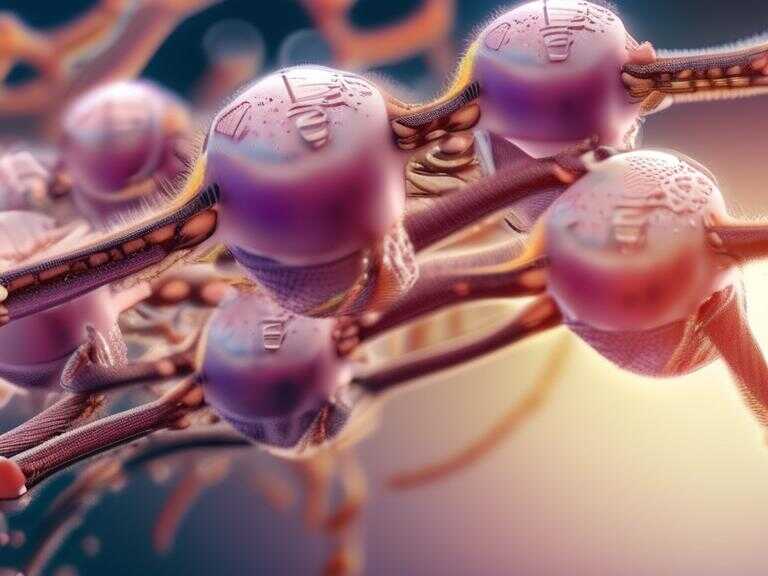
Boosting Science Trust: How Local, Personal Research Builds Connection
Building trust in science requires making it local, personal, and transparent through initiatives like citizen science and community engagement.

In an era defined by rapid technological advancements and complex global challenges, the role of science in shaping our understanding of the world has become more crucial than ever. However, despite its undeniable impact on nearly every aspect of our lives, from the air we breathe to the technology we rely upon, public trust in science is facing unprecedented erosion. This decline in trust stems from a multifaceted interplay of factors, including perceived distance between scientific institutions and the general public, a lack of transparency in research processes, and the spread of misinformation that undermines established scientific knowledge.
The Psychology of Distance
Recent research has shed light on a phenomenon known as psychological distance to science. This concept posits that when individuals perceive science as something distant—in time (future solutions), space (far-off labs), certainty (too complex or tentative), and identity (done by people “not like me”)—their trust in scientific findings and institutions diminishes significantly. This feeling of detachment can have profound consequences, leading to skepticism towards evidence-based information and a reluctance to engage with scientific discourse.
Bridging the Gap: Citizen Science as a Catalyst for Trust
Fortunately, there are strategies to mitigate this psychological distance and foster a stronger sense of trust in science. One promising approach is the involvement of citizens in scientific research through citizen science projects. By making research more local, personal, and hands-on, these initiatives empower individuals to directly participate in the process, reducing the perceived gap between science and everyday life. Studies have shown that when people actively contribute to scientific endeavors, they develop a deeper understanding of the research process, feel a greater sense of ownership over the findings, and consequently, exhibit increased trust in the scientific community.
Rebuilding trust in science requires more than just engaging citizens in research. It necessitates a fundamental shift in how scientific institutions communicate with the public. Increased transparency in research methods, data sharing, and decision-making processes is essential to fostering a sense of openness and accountability. Moreover, authentic community engagement, where scientists actively listen to public concerns, values, and perspectives, is crucial for bridging the divide between experts and the general populace.
Science Communication: Connecting with Audiences
Effective science communication plays a pivotal role in shaping public perceptions of science. By translating complex scientific concepts into accessible language, using relatable examples, and addressing societal concerns head-on, communicators can bridge the knowledge gap and foster a more informed and engaged citizenry. Furthermore, leveraging diverse platforms—from social media to community events—can ensure that science communication reaches a wider audience and resonates with different segments of society.
The Importance of Relational Trust
Ultimately, rebuilding trust in science hinges on establishing relational trust—a sense of connection and shared understanding between scientists and the public. This involves recognizing that people are not simply recipients of scientific information but active participants in shaping their own understanding of the world. By fostering a culture of dialogue, collaboration, and mutual respect, we can create a more inclusive and equitable scientific landscape where trust flourishes.
Share news















